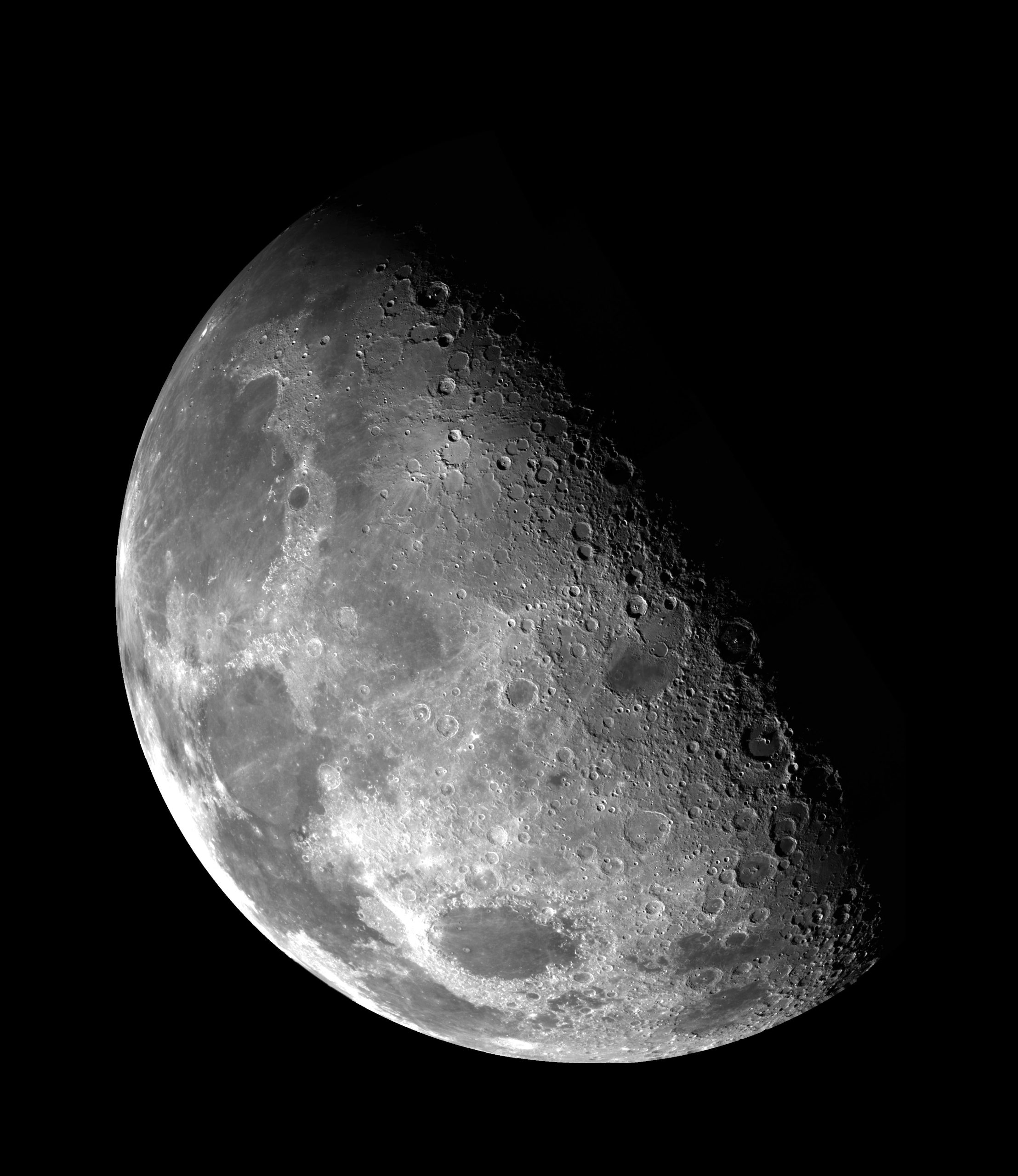Why is There a Large Ring Around the Moon?
Have you ever looked up at the night sky and noticed a large, luminous ring surrounding the moon? This celestial phenomenon, known as a lunar halo or moon ring, has captured the fascination of sky gazers and has given rise to numerous myths and legends throughout history. In this blog post, we will delve into the science behind this mesmerizing spectacle and explore the various factors contributing to the formation of a ring around the moon.
Understanding Lunar Halos
A lunar halo is a circle of light that encompasses the moon, often spanning 22 degrees or more. This captivating display is caused by the reflection, refraction, and dispersion of moonlight as it passes through ice crystals suspended in the Earth’s atmosphere. The ice crystals act as tiny prisms, bending the light and creating an optical phenomenon that results in the formation of a distinctive halo.
While lunar halos are most commonly observed during a full moon or when the moon is close to being full, they can also occur during other lunar phases. The intensity and visibility of the halo depend on various factors, including the size and shape of the ice crystals, the altitude of the moon, and the atmospheric conditions.
The Formation Mechanism
The formation of a lunar halo is intricately linked to the properties of ice crystals present in the Earth’s atmosphere. These ice crystals, typically hexagonal in shape, can be found at high altitudes in thin, wispy clouds called cirrus clouds. When moonlight encounters these ice crystals, three optical phenomena come into play:
- Reflection: Some of the moonlight reflects off the surface of the ice crystals, contributing to the overall brightness of the halo.
- Refraction: The moonlight passing through the ice crystals undergoes refraction. Each individual ice crystal acts as a tiny prism, bending the light and causing it to change direction.
- Dispersion: Dispersion occurs when the moonlight passing through the ice crystals splits into its component colors, similar to how light passes through a prism. This separation of colors gives rise to the vibrant hues observed in lunar halos.
As the refracted and dispersed light from the moon encounters our eyes, it forms a circle of light around the moon, resulting in the spectacular sight of a lunar halo.
The Role of Ice Crystal Shape and Size
The shape and size of the ice crystals play a vital role in determining the appearance and characteristics of a lunar halo. Hexagonal ice crystals are most commonly responsible for halo formation due to their symmetry and ability to create consistent refraction patterns. These crystals align themselves with their principal axes horizontal to the ground, which leads to the distinct circular shape of the halo.
Moreover, the size of the ice crystals is also critical. Larger crystals tend to produce a more prominent and well-defined halo, while smaller crystals yield fainter and less distinct rings. The size distribution of the ice crystals in the atmosphere can vary, contributing to the varying intensities and sizes of lunar halos observed from different locations and under different conditions.
Atmospheric Conditions and Altitude
The atmospheric conditions, such as humidity and temperature, influence the formation of ice crystals and, consequently, the appearance of lunar halos. The presence of moist air favors the creation of these ice crystals, which is why lunar halos are often observed ahead of an approaching storm or in regions with high humidity.
Additionally, the altitude of the moon in relation to the observer affects the size and shape of the halo. When the moon is near the horizon, the moonlight must pass through a greater portion of the Earth’s atmosphere, resulting in a larger halo. On the other hand, when the moon is directly overhead, there is less atmospheric interference, leading to a smaller halo.
Similar Phenomena: Sun Halos and Light Pillars
Lunar halos share their formation mechanism with similar optical phenomena observed during daylight hours. When sunlight passes through ice crystals suspended in the atmosphere, a similar halo called a sun halo or a 22-degree halo can be observed around the sun. The main difference lies in the source of light: moonlight for lunar halos and sunlight for sun halos.
In addition to halos, light pillars can also occur due to ice crystal and light interaction. Light pillars are vertical columns of light that extend from the ground or other light sources, creating a visually striking effect.
Conclusion
A large ring around the moon, known as a lunar halo, is a captivating natural phenomenon caused by the interaction of moonlight with ice crystals suspended in the Earth’s atmosphere. Through reflection, refraction, and dispersion, these ice crystals bend and separate the moonlight, creating a luminous halo around the moon. The size, shape, and distribution of ice crystals, as well as atmospheric conditions and altitude, all contribute to the varying appearances of lunar halos. The next time you catch a glimpse of a lunar halo, you can appreciate the scientific explanation behind this enchanting spectacle in the night sky.
Table of Contents
